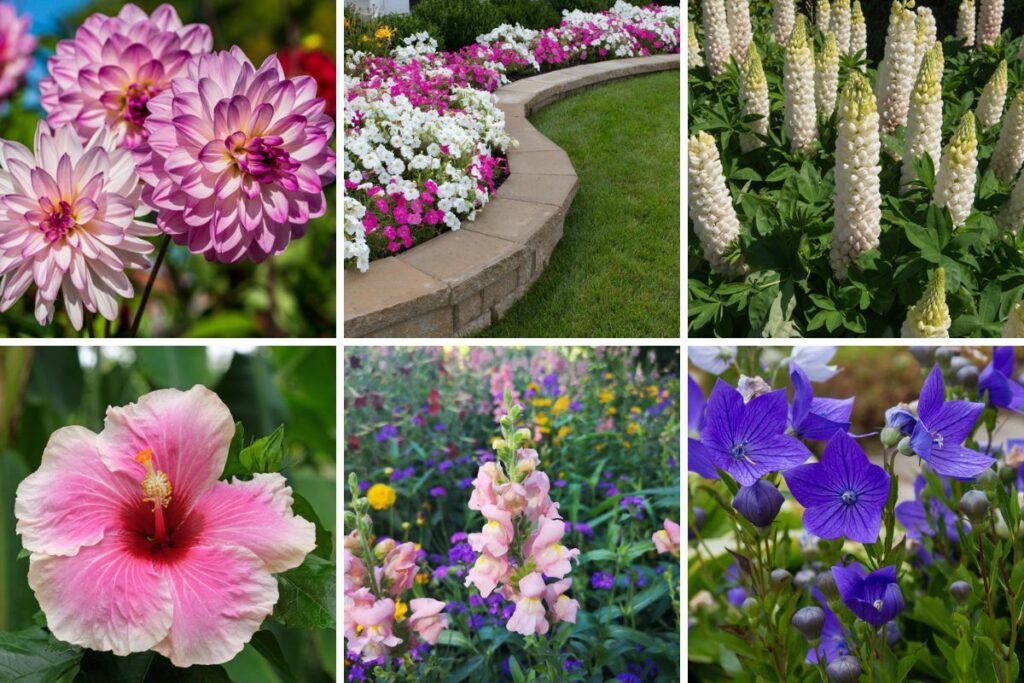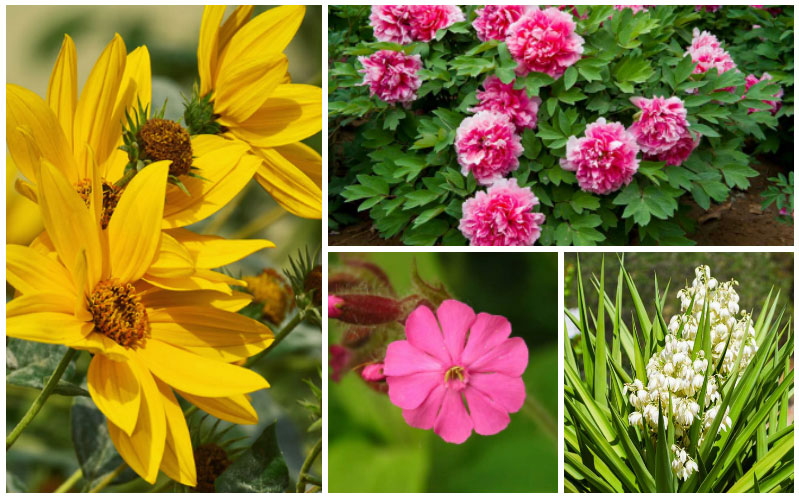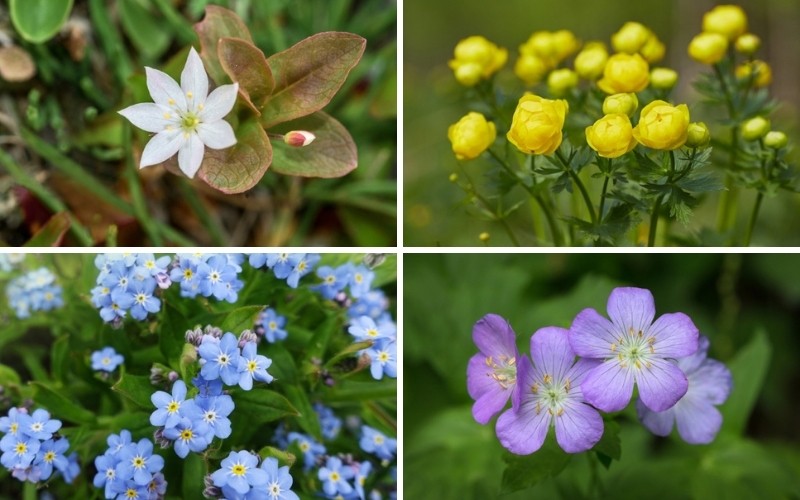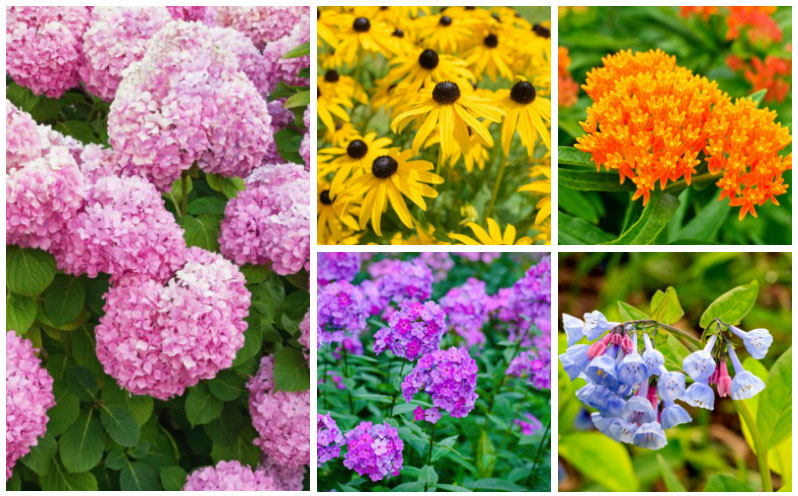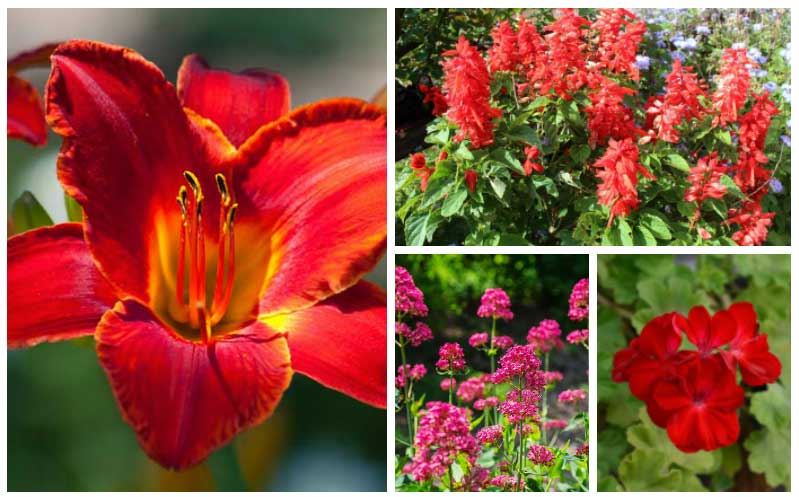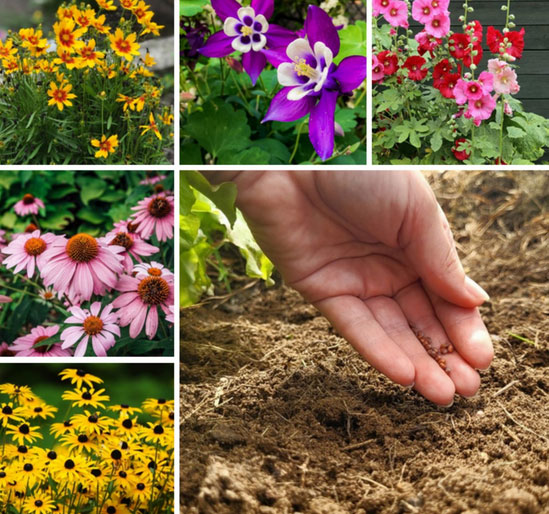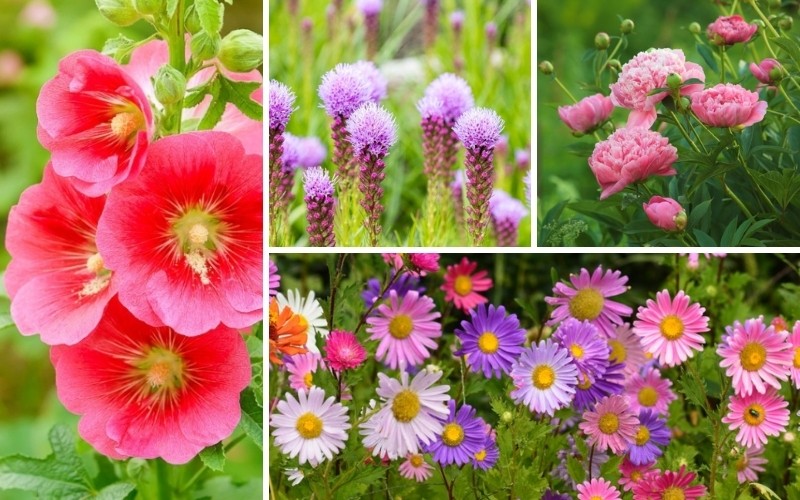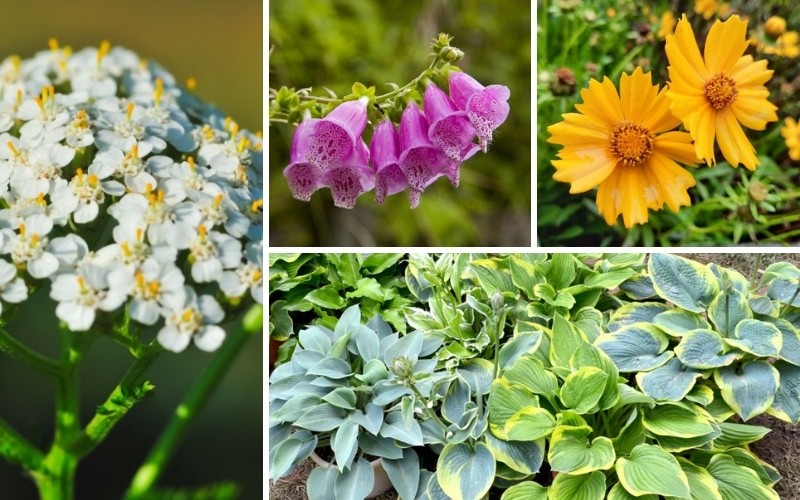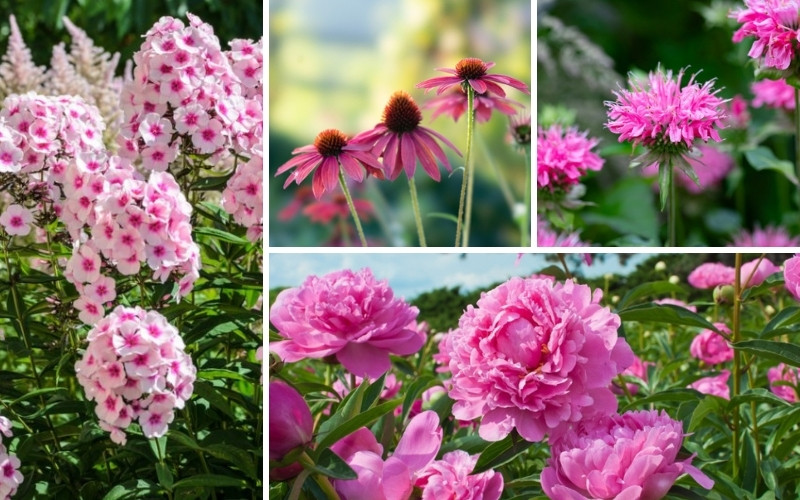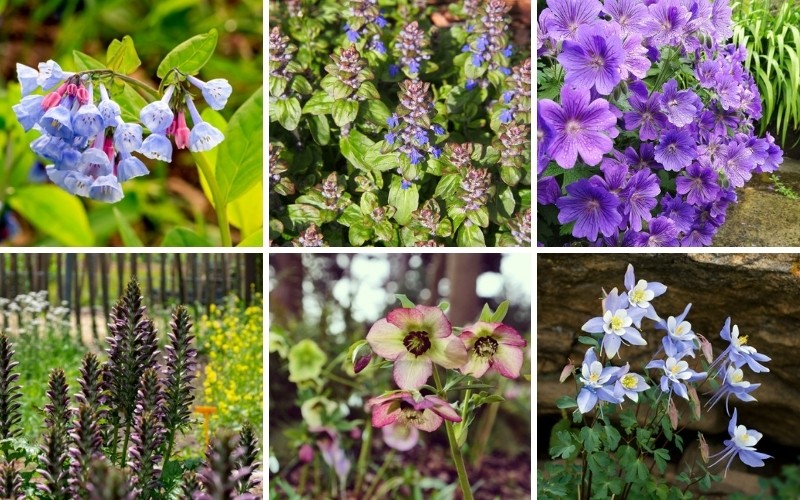
If you love a beautiful flower bed, but do not have a lot of time to spend on it, consider planting perennials. They can handle almost anything that Missouri weather throws their way. Most are naturally pest and disease resistant. They also come back the next year, which can save you a lot of time and money.
When choosing perennials, it is vital to choose the right plant for your location, depending on the light and water conditions. Think about these Missouri perennials that thrive in USDA growing zones 5 and 6.
Purple Coneflowers (Echinacea purpurea)
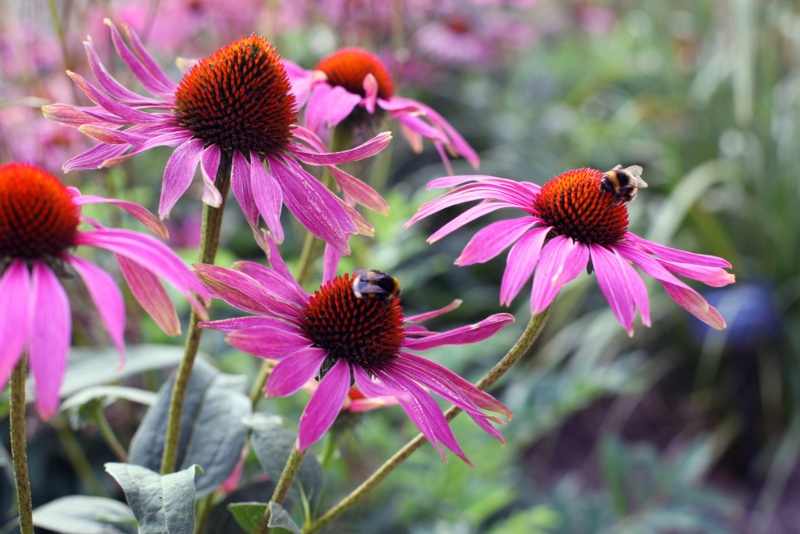
The purple coneflower is very tolerant of whatever comes along, including lack of moisture and poor soil conditions. While it would prefer to plant it in a sunny spot, it will tolerate a little shade. This plant that grows to be about two feet tall puts on purple daisy-like flowers in early summer. The purple rays on this option surround a brown center disk. Consider leaving the spent heads on this plant because birds like to eat them during the winter.
Bear’s Breeches (Acanthus spinosus)
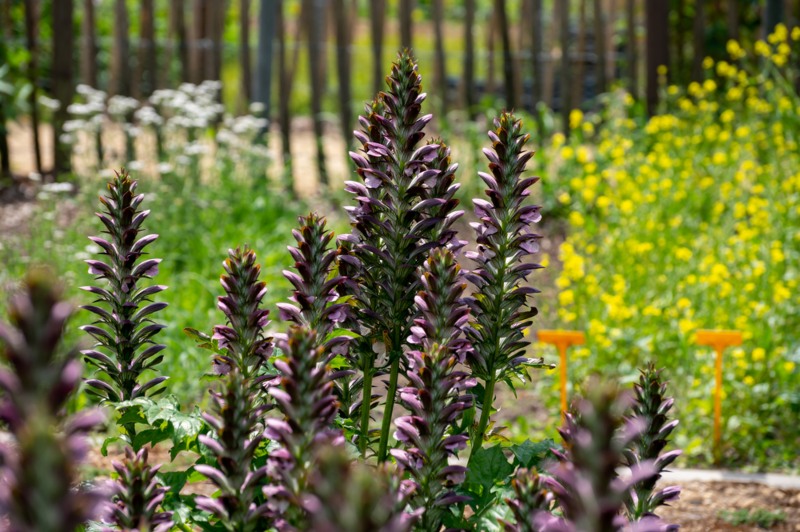
Bear’s breeches is a sun-loving plant that will tolerate a little afternoon shade. This plant will spread aggressively, so be sure to choose the right location because it will produce a new plant if you leave even a little root behind. Snapdragon-like leaves appear in flower spikes on this plant that often grows to be about 4-feet tall. It has rigid-spined thistle-like leaves that tend to form a mound at its base.
Astilbe (Astilbe × arendsii ‘Fanal)
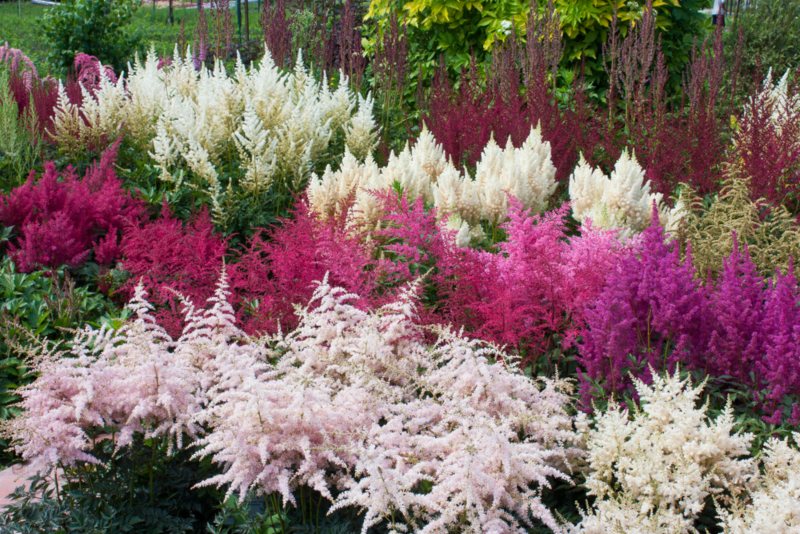
The astilbe grows in the shade in marginally poor soils. It produces plume-like flowers consisting of minuscule flowerheads in the middle of summer. It also makes mounds of fern-like leaves. Bloom color and foliage color can vary widely depending on the hybrid that you choose. You can remove the thin flower stalks after the flowers fade to improve this plant’s appearance. Keep this plant consistently moist.
Virginia Bluebells (Mertensia virginica)
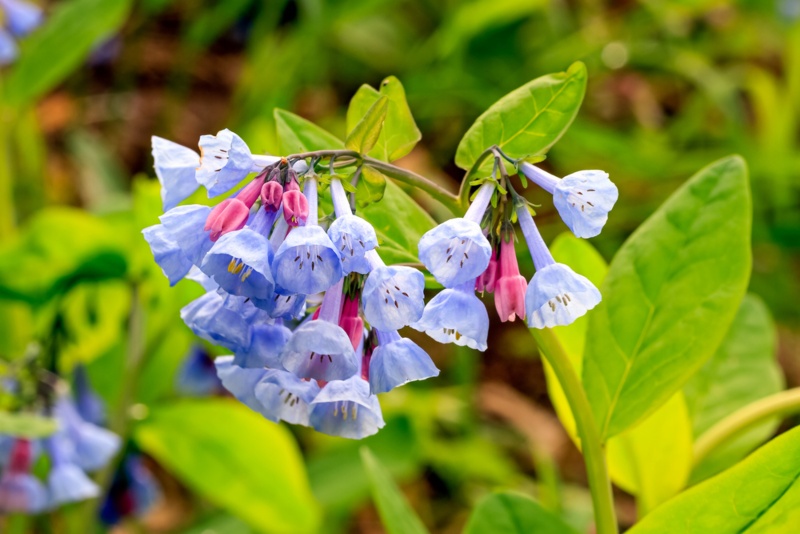
Virginia bluebells often grow to be about 2-inches tall in some shade. It produces trumpet-shaped blue flowers in the early spring. This plant will die back to the ground as the days heat up to reappear the next spring. This plant is an excellent option for planting in the same area as other plants that are slower appearing.
Butterfly Weed (Asclepias tuberosa)
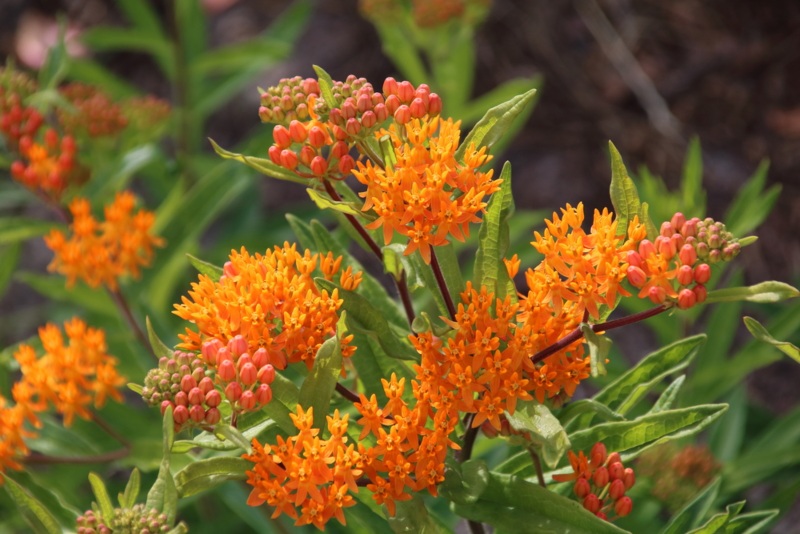
The butterfly weed is a clump-forming plant that grows up to 3-feet tall. It loves the sun, and it will grow in poor soil. It puts on clusters of orange flowers on top of hairy stems in the early summer. Once the flowers fade, this plant puts on seed pods that birds love once they are ripe. Be sure to plant this one in an area that drains well.
Bugleweed (Ajuga reptans ‘Catlin’s Giant’)
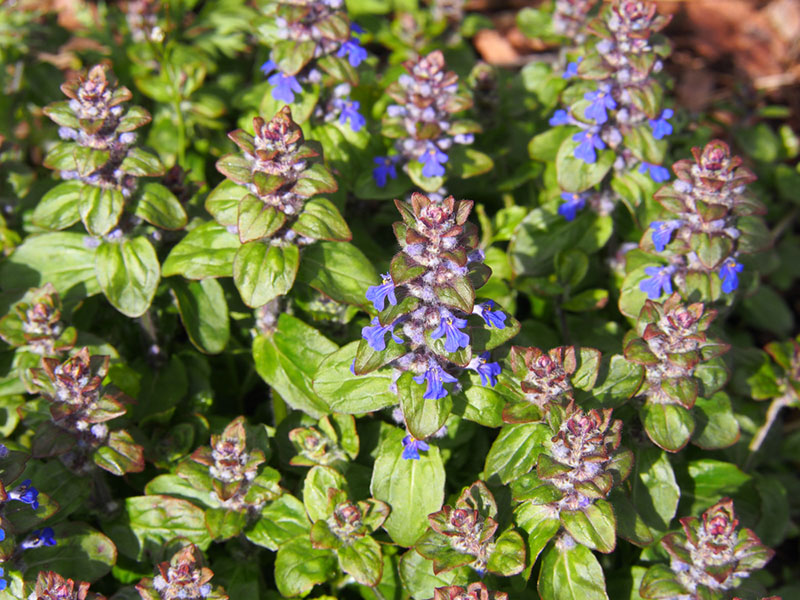
If you are looking for a ground-covering perennial for your Missouri landscaping, then consider bugleweed. This plant likes to be kept consistently moist and will grow in full sun or a little shade. It puts on many tiny flower spikes that grow to be about 6-inches tall. Blue small flowers fill the spikes in the late spring and early fall. Once this plant quits blooming, you can mow this perennial down, and it will come back the next year.
Cranesbill (Geranium ‘Gerwat’ ROZANNE)
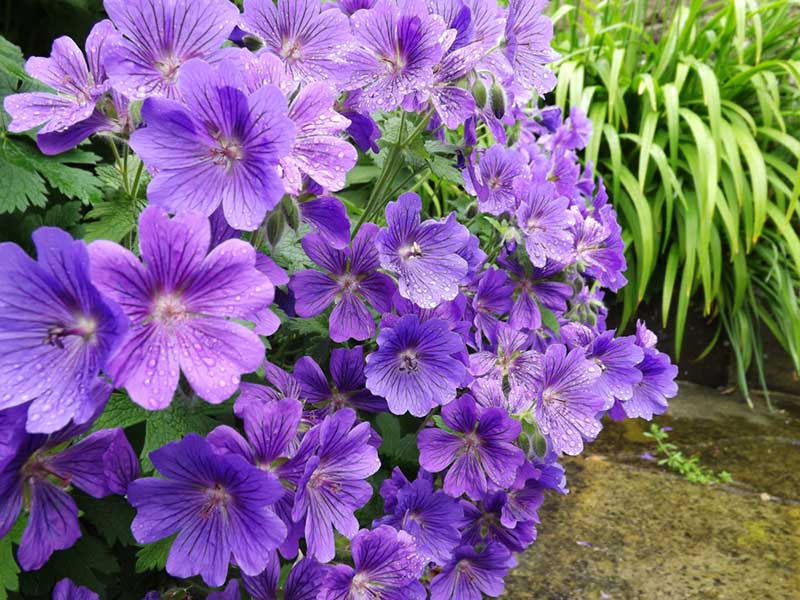
This member of the geranium family loves morning sun and afternoon shade. This clump-forming plant produces five-petaled purple flowers with a white center in the early spring. Depending on how hot the summer is in your area of Missouri, it may keep blooming through to fall. If the summer gets too hot, then it will stop blooming. In that case, cut it back, and it will bloom again in the fall.
Columbine (Aquilegia Cardinal)

The red-and-white flowers that appear on the columbine in the early spring make it a real showstopper that you can easily use as a specimen plant in your garden. Each flower has five spurs that remind some people of eagle talons. This plant wants a little shade, and you need to keep it consistently moist after it blooms. The fern-like foliage on this plant keeps it attractive until winter.
Lenten Rose (Helleborus orientalis)
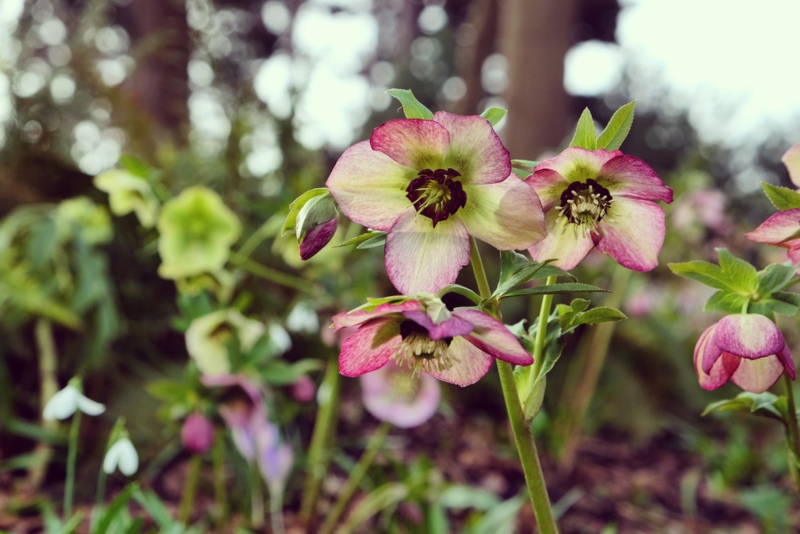
You will love the winter-blooming Lenten rose, which is also called hellebore. The cup-shaped flower often has a nodding habit. You can find this option in several different colors, including white, purple and light pink. It often has interior spotting. The flowers usually last about nine weeks. You can divide this plant by dividing the clumps in the early spring. This option loves the shade and does best in rich organic soil.
Black-eyed Susans (Rudbeckia hirta)
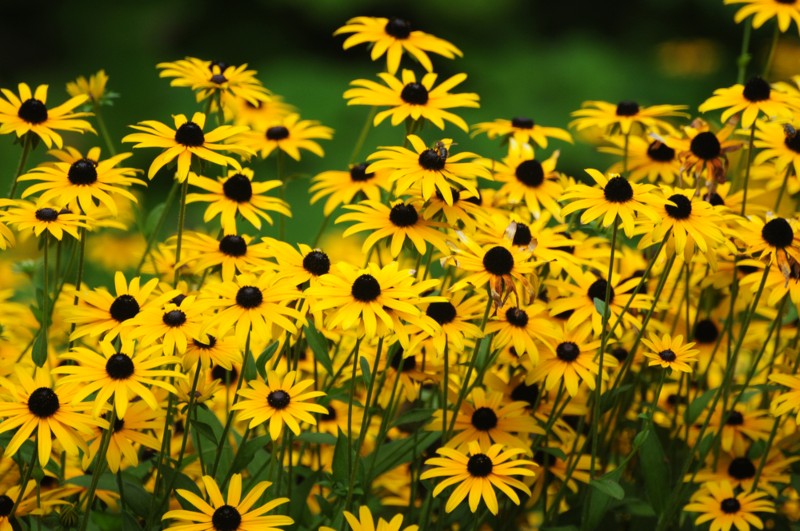
Black-eyed Susans are often a welcome sign that summer has finally arrived. This plant that grows up to 36-inches tall puts on bright yellow petaled flowers in the early summer. The petals surround a brown-to-black center disk. It also has hairy leaves that can be up to 7-inches long. This plant will self-seed, so plant it in a sunny spot where you will welcome new plants annually.
Ornamental Onion (Allium giganteum)
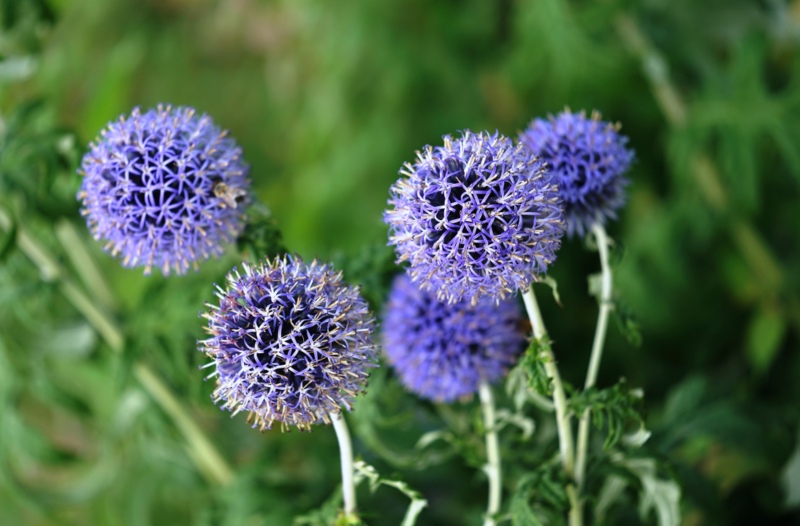
If you have a sunny flowerbed that you needs some height added to look perfect, then the ornamental onion may be a great choice. This plant that grows up to 5-feet tall puts on a softball-size cluster of tiny star-shaped flowers in the early spring. The cluster appears in a globe shape. Adding to this flower’s visual interest, it also produces strap-shaped grayish-green leaves that can be up to 18-inches long.
Yarrow (Achillea millefolium)

If you have a well-drained sandy area, then yarrow may be a great plant to put there. This sun-loving plant grows to be about 3-feet tall, and it puts on corymbs of densely packed white flowers throughout the summer. You are also likely to love the fern-like foliage on this plant. This plant does well in cut flower arrangements, where it gives your display a spicy aroma. Plan on dividing these clumps every two-to-three years.





